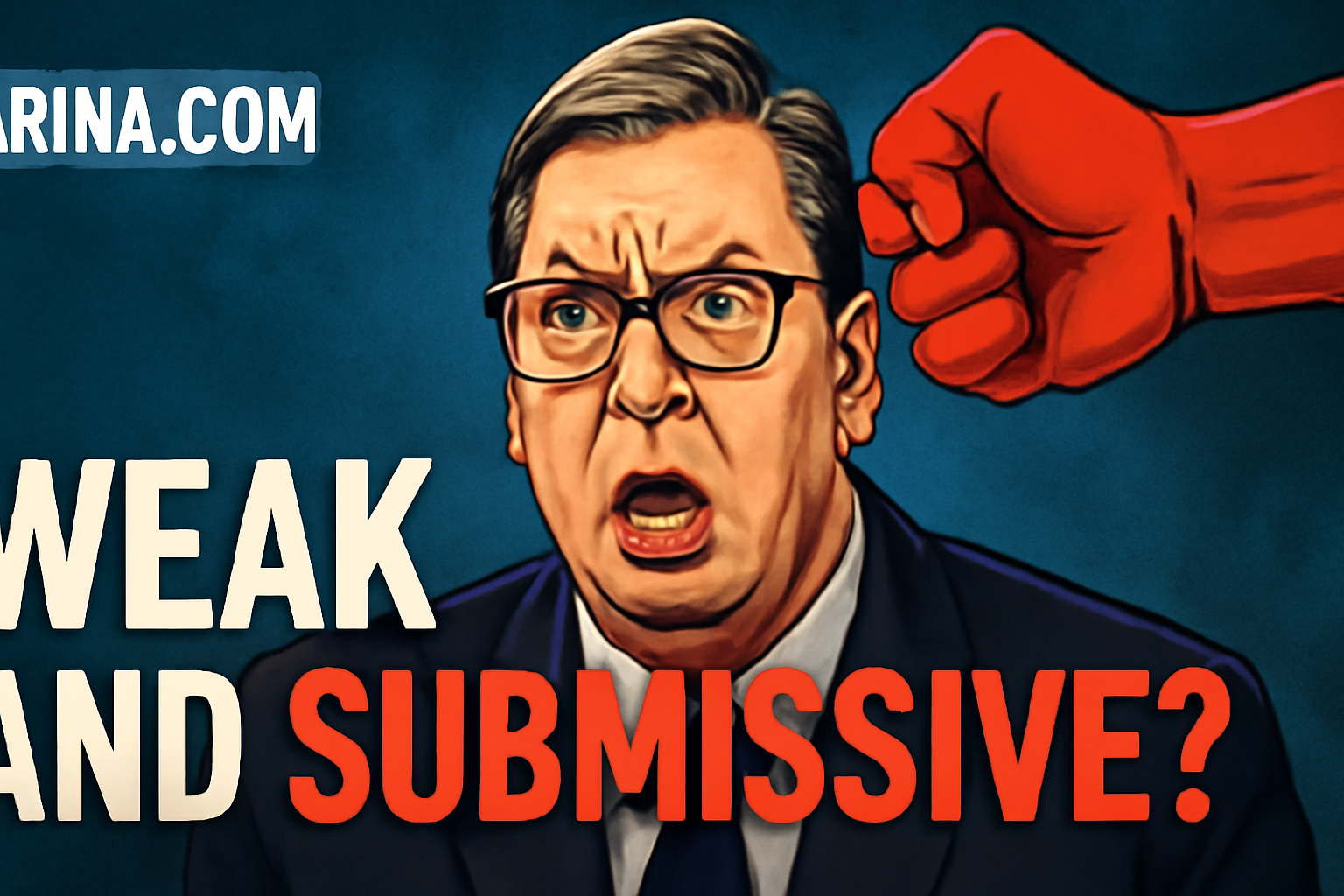The war between Israel and Iran escalated following US strikes on Iranian nuclear facilities, leading to a series of military clashes and missile attacks. Israeli forces conducted precise strikes on Iranian targets, including nuclear sites, while Iran retaliated with missile attacks on Israeli territory. US President Donald Trump announced a ceasefire, but clashes continue and the situation remains unstable. Regional and global powers, including Russia and the US, are actively monitoring and attempting to influence the developments. Media outlets across the political spectrum report on the conflict with varying emphases, from criticism of US policy to support for Israeli military actions.
Political Perspectives:
Left: Left-leaning media tend to emphasize the dangers of escalating military conflict in the Middle East, criticizing US intervention and highlighting the humanitarian consequences of the war. They often question the motives behind US and Israeli military actions and call for diplomatic solutions to prevent further violence.
Center: Centrist media provide balanced coverage, reporting on the military developments and political statements from all sides. They focus on the facts of the conflict, the ceasefire announcements, and the regional implications, while highlighting the complexity of the situation and the involvement of global powers like the US and Russia.
Right: Right-leaning media emphasize the threat posed by Iran’s nuclear program and support Israel’s right to defend itself against Iranian aggression. They often highlight the effectiveness of Israeli military operations and the strategic importance of US support, portraying the conflict as a necessary action to prevent Iran from gaining nuclear weapons.






















